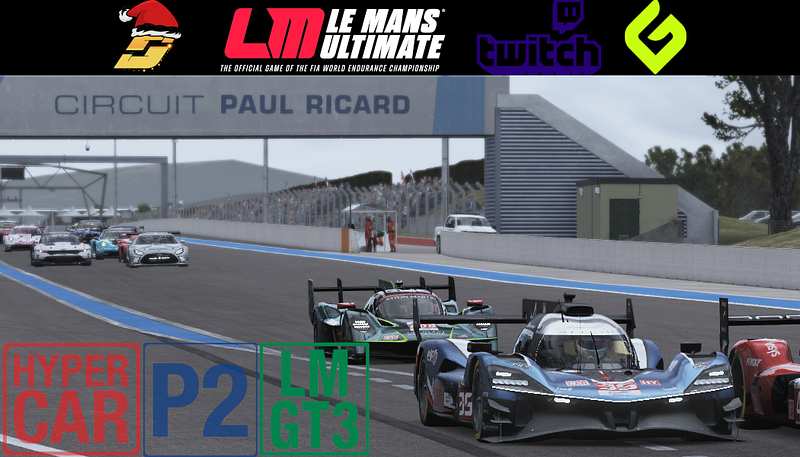

Race online in skill-based events or hosted servers.
The official platform of Le Mans Ultimate and rF2.
Link your RaceControl account to start racing
Explore upcoming skill-based and hosted races
Discover and share custom liveries




![[Bronze] Rookie Challenge Cup - S2R9](https://cdn.thesimgrid.com/ke25y78oxj9svfzm2teu9bjuzwdh)


Solo event starting on with 1 Round.
